June 28 – July 13, 2014
Trip Highlights
|
• Two days of gorilla tracking in Volcanoes National Park in Rwanda to come face-to-face with one of the rarest animals in the world for a truly unique and awesome experience with the gentle giants. • A hike to the top of Mount Bisoke, a volcano in Volcanoes National Park, for incredible views of the surrounding majestic volcanoes shrouded with dense green rainforests. • Four days in comfortable safari camps in Serengeti National Park to be amid the most massive wildlife migration in the world and experience the raw beauty of the African wild and the wildebeest crossing of the Mara River, a prime crocodile habitat. • Visits to Masai villages in Serengeti National Park to learn about their cultural and survival skills on the harsh Serengeti landscape. • Two days on safari in Ngorongoro Conservation Area including a visit to the awesomely beautiful Ngorongoro Crater to see a huge and diverse wildlife population including elephant, giraffe, buffalo, rhino, hippo, lion, leopard, cheetah and many other wildlife. • Two days lodging in the Ngorongoro Farm House, designed in the style of an old colonial farm and located near the Ngorongoro Crater to enjoy the warm comfort and hospitality of Africa. • Two days on safari in Lake Manyara and the nearby Tarangire National Parks for additional wildlife viewing to witness the primal rhythm of survival. • A visit to Arusha, the safari capitol of East Africa, located near Mount Meru and the towering snow-capped Mount Kilimanjaro • Close-up views of the spectacular 19,341 foot tall snow-capped Mount Kilimanjaro, the tallest mountain in Africa. Trip Overview This awesome adventure includes not one, but two once-in-a-lifetime experiences back to back in Rwanda and Tanzania in East Africa. The tour begins with a visit to the emerald green Virunga Mountains, an extraordinarily scenic chain of active and inactive volcanoes with extensive bamboo forests that provide habitat for the mountain gorilla and are the world’s premier gorilla tracking destination. The gorillas are found only in the mist shrouded Virunga Mountains of Rwanda and neighboring Uganda and the Democratic Republic of the Congo (DRC), and today number less than 900. In Rwanda the gorillas are protected within the Volcanoes National Park, which encompasses five magnificent and picturesque volcanoes that rise up to heights of 14,787 feet. The Park was made famous by the film Gorillas in the Mist and was the site of Dian Fossey’s gorilla habituation project. Gorilla tracking is one of the world’s most exclusive and remarkable wildlife experiences imaginable as it offers the privilege of encountering, coming face-to-face with, one of the rarest animals in the world in its natural habitat, and by doing so helps to fund its survival. The time you spend with these endangered great apes, a species with 98% of our genetic material, watching gorillas families going about their daily life, will be awe inspiring and unforgettable. On the vast plains of northern Tanzania, the legendary Serengeti National Park protects the natural habitat of the greatest population of hoofed mammals in the world. On this primitive landscape one of the world’s most impressive natural cycles, the great migration, has been played out for eons as two million wildebeest, zebra, gazelles and other hoofed animals driven by primal rhythms of survival annually migrate in search of grass and are relentlessly tracked by lion, leopard, cheetah, and other predators as they travel to greener pastures. We will wander amid these vast herds to experience and feel the power of the migration amid the raw beauty of the African wild. With luck, we will witness the dramatic and dangerous crossing of the crocodile infested Mara River by the wildebeest and zebra. In the pristine wilderness of this mystical Park, we can view the 19,340 foot tall snow-capped Mount Kilimanjaro to the south and encounter red-cloaked Masai warriors and visit their villages. Amid the breathtaking beauty of the 2,000 foot deep Ngorongoro Crater, home to an unparalleled concentration of wildlife, we see the big five (lions, elephants, Cape buffaloes, leopards and rhinos) and observe the daily fight for survival as the highest density of lions and other predators in Africa stalk their prey. We will also visit the nearby Lake Manyara National Park to see tree climbing lions, elephants, hippos, giraffes and other wildlife, and in Tarangire National Park, characterized by the prehistoric looking giant baobab trees, we will have the opportunity for night time game viewing. Trip Itinerary Day 1. Saturday June 28. Depart for Africa Day 2. Sunday June 29. Arrive Nairobi, Kenya Airport Day 2. Monday June 30. Nairobi-Kigali-Mountain Gorilla View Lodge Day 3. Tuesday July 1. Gorilla Tracking in Volcanoes National Park There are currently ten habituated gorilla families living in the Park. For many years these groups have undergone an extremely delicate process that has gradually made them accustomed to the presence of humans and has allowed a few privileged visitors to interact with them briefly in the wild. However, the gorillas are by no means tame. They are completely wild animals, which even now tolerate human presence for only an hour a day at most. Tracking commences each morning at 7 AM from the park headquarters. There is a daily maximum of eight visitors to each gorilla group. Experienced guides, many of whom have been involved in the habituation process, will accompany us on our tracking. The gorillas may cover large distances overnight and they are never constantly in one area. The gorilla location trackers will use their knowledge of the gorillas’ habits and information from the previous day to locate each group’s whereabouts, and their job is to locate the gorilla groups before we head out on our trek so that our guide is able to take us directly to them. However, gorilla trekking can involve hiking long distances through thick vegetation, up steep slopes, and through wet and muddy terrain. Once we find our gorilla group, we will have an hour to sit and quietly observe these interesting gentle giants going about their daily life and photograph their activities. After our trilling gorilla encounter we will return to the comfort of our Lodge. (BLD) Day 4. Wednesday July 2. Hike on Mount Bisoke Day 5. Thursday July 3. Gorilla Tracking Day 6. Friday July 4. Kigali – Serengeti National Park Comprising just ten spacious tents, they provide comfortable beds and quality linen, with en suite eco-friendly flushing toilet and a bush-shower off an intimate dressing room area. Lighting is by 12-volt (solar powered) with bedside lamps provided. The tents each have a shady veranda, where you may relax and read quietly or perhaps watch birds and animals. A large, airy, central dining tent complements the comfortable lounge tent, which has a small reference library, maps, some games and a recharging facility for cameras and videos. The safari chef will prepare sumptuous meals for our enjoyment and special dietary requests are taken care of. The Park covers 5,700 square miles of grassland plains and savanna as well as riverine forest and woodlands, and borders Masai Mara National Reserve Kenya. The Serengeti ecosystem also includes the Ngorongoro Conservation Area, the Maswa Game Reserve, Lake Manyara National Park, Tarangire National Park and several other parks. Because of its biodiversity and ecological significance, the Park has been listed by UNESCO as a World Heritage Site. The Northern Serengeti in the area of our camp is dominated by open woodlands, hills, and the Mara River with it large crocodile population. In addition to the migrating ungulates, the Park is well known for its healthy stock of other resident wildlife, particularly Lion, African Leopard, African Elephant, Black Rhinoceros and African Buffalo; the big five. Other common species in the Park include cheetah, Thomson’s and Grant’s gazelle, topi, eland, waterbuck, hyena, baboon, impala, African wild dog, and giraffe. The Park also boasts about 500 bird species, including ostrich, secretary bird, Kori bustard, crowned crane, marabou stork, martial eagle, lovebirds, and many species of vultures. During the morning and again in the afternoon, we venture out in comfortable 4×4 open air safari vehicles with our naturalist guide to view and photograph wildlife. After dinner we have night-time game drives with spotlights to observe the night predators including lion, spotted hyena and leopard on the hunt for food. (BLD) Day 7. Saturday July 5. Serengeti North Wilderness Camp Day 8 & 9. Sunday & Monday July 6 & 7. Serengeti Wilderness Camp Day 10. Tuesday July 8. Ngorongoro Conservation Area Late in the afternoon after a day of wildlife viewing, we arrive at the Ngorongoro Farm House, a small and exclusive lodge facing the Oldeani Volcano, only three miles from the Ngorongoro Lolduare gate. This chalet provides an original experience reminiscent of the atmosphere of the old days. Ngorongoro Farm House is built in the style of an old colonial farm and rustically decorated with local materials and full of details of good taste, with the purpose of providing an imaginary journey to the life of days gone by. The main building, covered with an elegant thatched roof, contains the lounge, restaurant and a big deck which offers spectacular views of the Oldeani Volcano. The large flower and vegetable gardens are perfect for a stroll and a great place to relax. We will enjoy excellent homemade cuisine prepared using the dairy products and fresh vegetables produced by the farm. All the rooms are equipped with large beds, private verandas, walkways and telephones. The rooms have en-suite bathrooms with showers and the beds have mosquito nets. There is a refreshing swimming pool and the facility has internet access. Meals are normally served in the main building and sometimes set up around the pool. Guests have an ample choice of food prepared with local produce and served in buffets. (BLD) Day 11. Wednesday July 9. Ngorongoro Crater Day 12. Thursday July 10. Lake Manyara National Park – Tarangire National Park After lunch we continue on to the Tarangire National Park and to the Tarangire River Camp located along the Tarangire River near the main entrance to the Park. We arrive late in the afternoon and following dinner go for a night game run. The accommodation consists of spacious tents built on wooden platforms with a thatched roof, all of which are en-suite and tastefully furnished with all the comforts one needs while on safari. Each tent’s generously proportioned private veranda opens out onto stunning views of Mount Meru and Mount Kilimanjaro in the distant horizon and several of the tents also offer views of the river, which morphs to a dramatic sand bed in the dry season. Traditional grass thatching adorns the roof of the main lodge structure, which is set off the ground on an elevated deck. The breezy lounge boasts ample seating in a relaxing open-air environment. The dining area, where culturally inspired meals are served, consists of simple safari style seating and the elevated position allows for excellent views of wildlife on the riverbank below. Both the dining and lounge areas are married into a proper bonfire area and game viewing deck that also overlook the same stunning views. A smaller, secondary game viewing deck rises above the ceiling and offers a high, intimate perch above it all. (BLD) Tarangire National Park is named after the Tarangire River that threads its way through the length of the reserve. It is famous for its dense wildlife population which is most spectacular between June and September, the dry period. During this time, thousands of animals – elephant, buffalo, giraffe, eland, wildebeest, kudu, hartebeest and the rarely seen oryx – migrate from the dry Masai steppe to the Tarangire River looking for water. Lion, leopard and other predators follow the herds. Tarangire has the largest population of elephants of any park in northern Tanzania and is also home to 550 varieties of bird. Giant baobab trees dot the landscape of the 1,003 square-mile Park and give it a prehistoric look and a different feel than any other park in northern Tanzania. After an enjoyable dinner, we head out for a night-time game run. (BLD) Day 13. Friday July 11. Tarangire National Park – Arusha All rooms have en-suite bathrooms with a combined shower and bath plus a basin and toilet. All the rooms are fitted with tea and coffee making facilities, hairdryers, and amenities. 300-thread count cotton bedding is used on comfortable beds and a mosquito net surrounds the beds. All rooms have air-conditioning units, electronic safes, i-Pod docking stations, flat screen televisions with satellite television channels, and telephones with direct international dialing. The hotel has one main restaurant and the experienced chefs are connoisseurs of cuisine from across the world. African, Continental, Italian, French, and, of course, the finest Indian cuisine in Arusha is offered. After settling into our room and freshening up we will have our farewell dinner at the hotel. (BLD) Day 14. Saturday July 12. Arusha – Nairobi – Home The markets in the center of town are not to be missed. Bargaining is required, meaning prices will range from dirt-cheap to tourist-expensive, depending on the goods. You can find almost anything at these markets, from food to clothing to trinkets to take home to friends and family. The batik and screened cloths in bright colors are highly recommended. Masai women artisans make beautiful hand-beaded jewelry that they sell to tourists, frequently to pay for their children’s schooling. The Masai market is a one stop shopping area for handicrafts made by local Tanzanians. You can buy various handicrafts made of ebony, redwood, and various types of paintings made by local artisans. After lunch we will be transferred to the airport for our flight to Nairobi. We have dinner at the airport in Nairobi before our international flight. (BLD) Day 15. Sunday July 13. Arrive USA, Canada or Australia. COSTS LAND COST: Costs below are based on double room occupancy. COST INCLUDES: All lodging, land transportation, airport transfers, all meals, American tour director, local tour directors and guides. COST DOES NOT INCLUDE: Personal expenses, drinks and alcoholic beverages, travel insurance, international air fare to East Africa, tips for guides, and the following permits and park fees: TRIP GRADE REGISTRATION AND INFORMATION If you would like additional information, e-mail us at info@adventureboundmen.com, or call us locally at 303-449-0990 or toll free at 1-877-440-0990. Our office hours are 8:00 a.m. to 12:00 p.m. and 1:00 p.m. to 5:00 p.m. (Mountain Time) Monday through Friday. You may also download our trip registration form, and mail it in to us. |
|















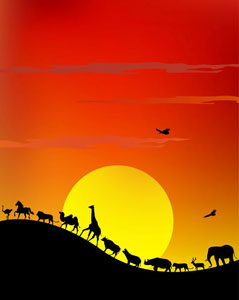 Safari Sunset
Safari Sunset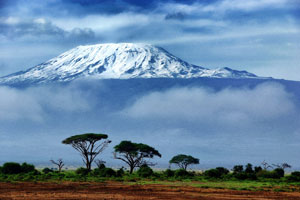 Mount Kilimanjaro
Mount Kilimanjaro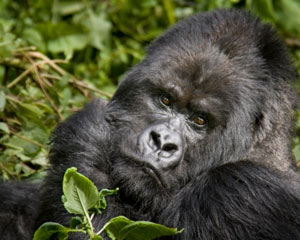 Gorilla
Gorilla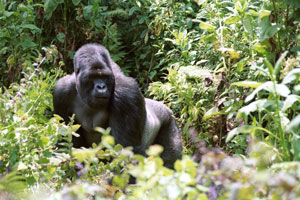 Silverback Gorilla
Silverback Gorilla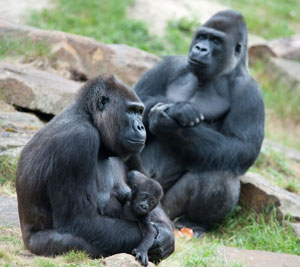 Gorilla Family
Gorilla Family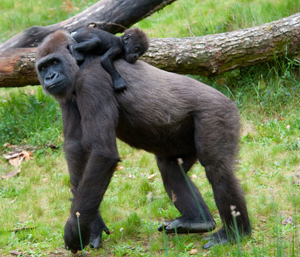 Gorilla and Baby
Gorilla and Baby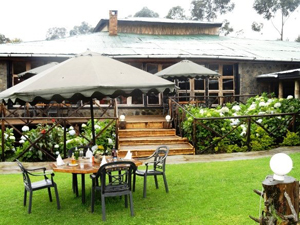 Mountain Gorilla View Lodge
Mountain Gorilla View Lodge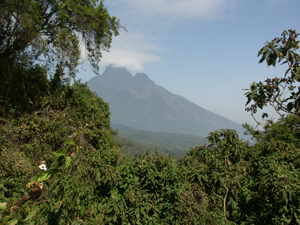 Mount Bisoke
Mount Bisoke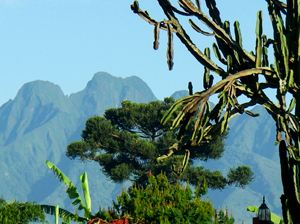 Virunga Mountains
Virunga Mountains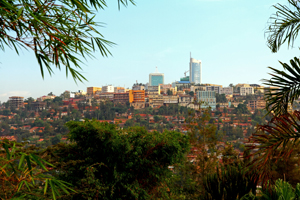 Kigali
Kigali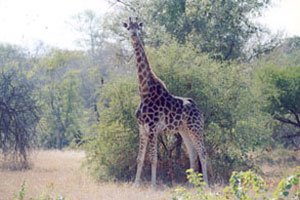 Giraffe
Giraffe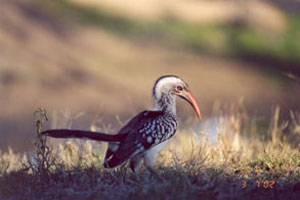 Hornbill
Hornbill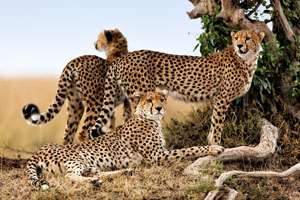 Cheetahs
Cheetahs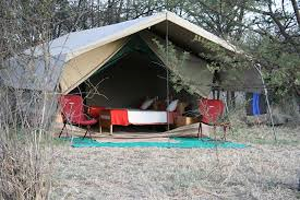 Serengeti North Camp
Serengeti North Camp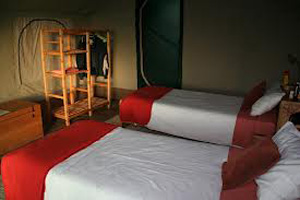 Serengeti North Camp
Serengeti North Camp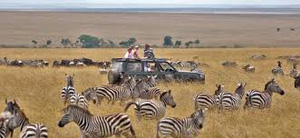 Serengeti Zebras
Serengeti Zebras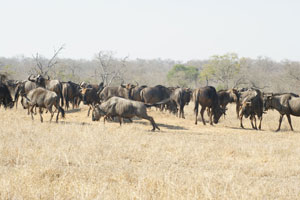 Wildebeest
Wildebeest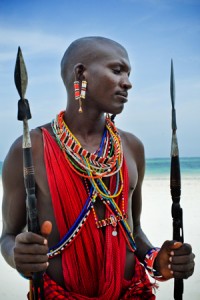 Masai Warrior
Masai Warrior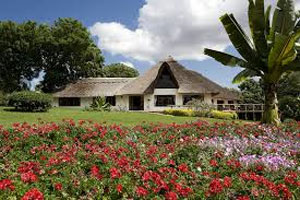 Ngorngoro Farm House
Ngorngoro Farm House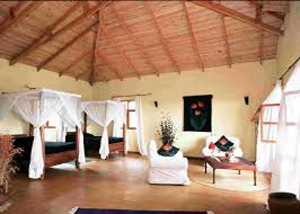 Ngorngoro
Ngorngoro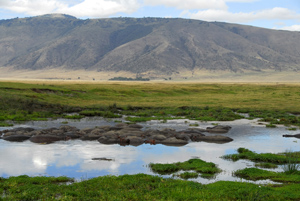 Ngorngoro Crater Hippos
Ngorngoro Crater Hippos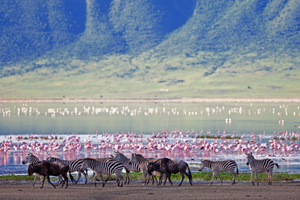 Ngorngoro Crater Zebras & Flamingos
Ngorngoro Crater Zebras & Flamingos Buffalo
Buffalo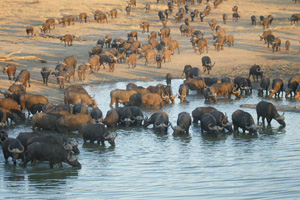 Buffaloes
Buffaloes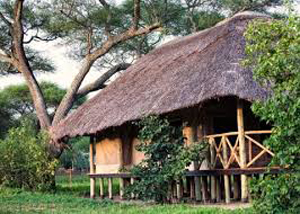 Tarangire River Camp
Tarangire River Camp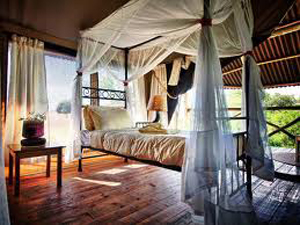 Tarangire River Camp
Tarangire River Camp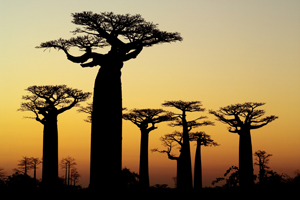 Baobab Trees at Tarangire
Baobab Trees at Tarangire Elephants
Elephants Leopard
Leopard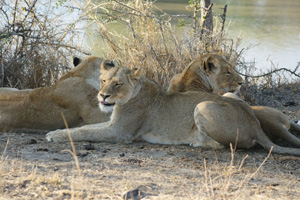 Lions
Lions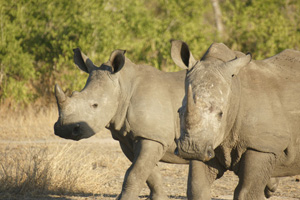 Rhinos
Rhinos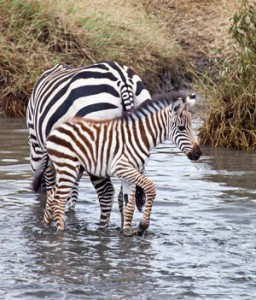 Zebras
Zebras